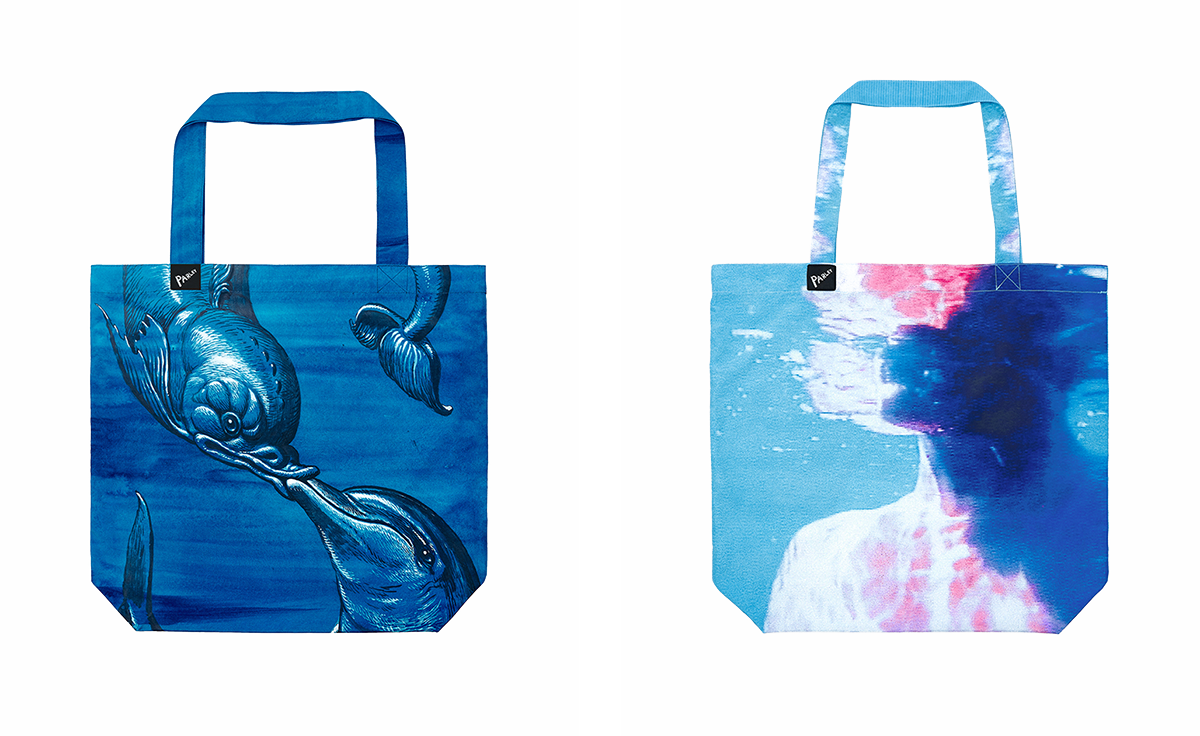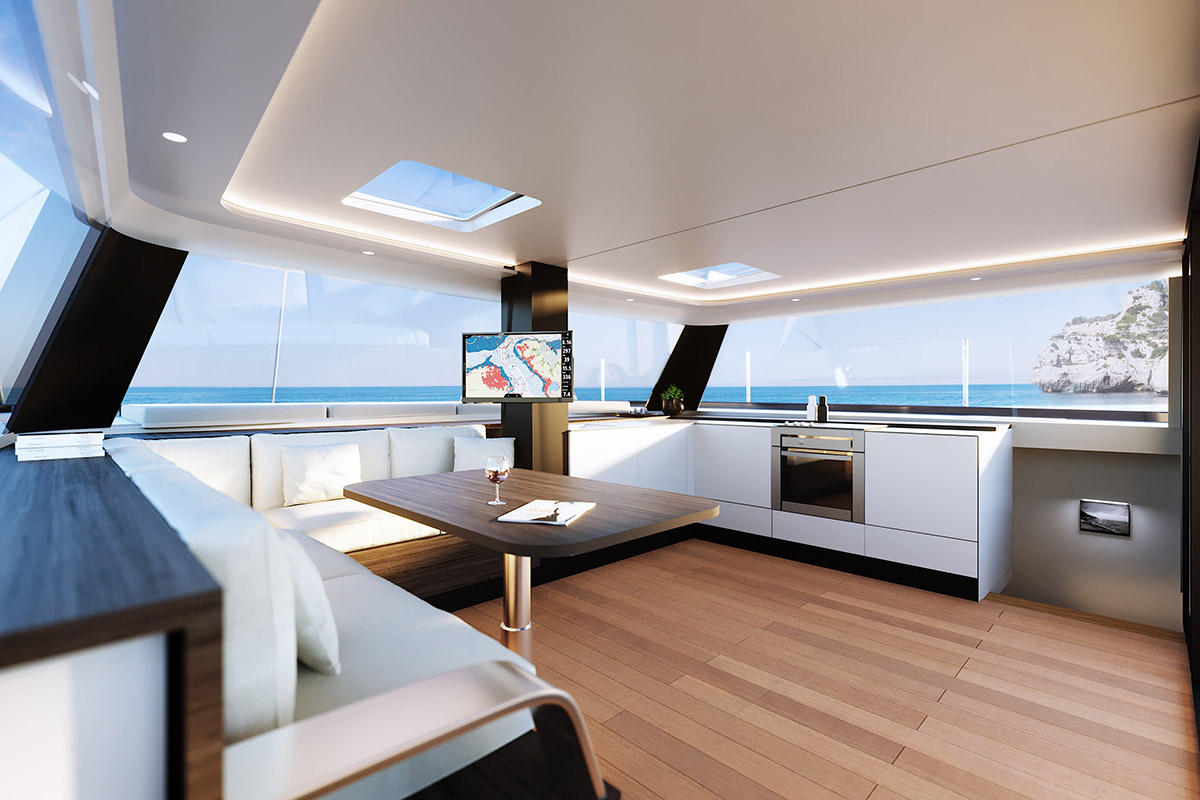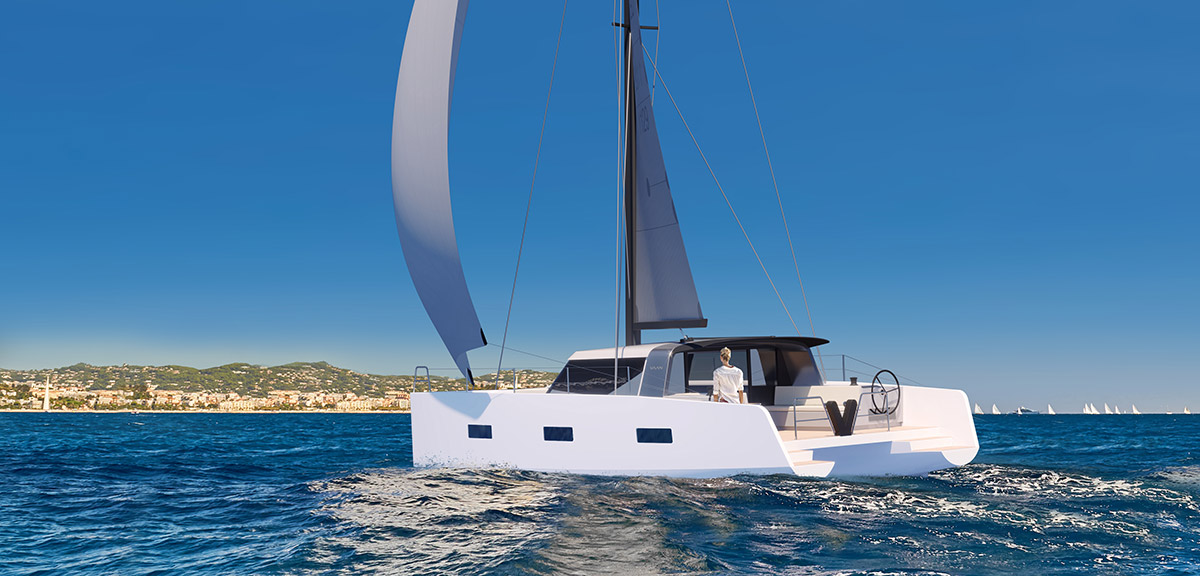Turning the Tide on Ocean Plastic

© Steve McPherson

TOC’s Interceptor at work in Malaysia
Ocean Cleaning
Cleaning up this mess is hard, physically and economically. In the past decade, technology-driven solutions have seemed like the best hope. The Ocean Cleanup (TOC) is one of the most high-profile players, with its bold pledge to remove 90% of ocean plastic pollution. At first, this was to be sifted out of areas of high-density pollution. These included the notorious Great Pacific Garbage Patch, created by ocean currents that accumulate floating particles within a huge swathe of the North Pacific. TOC’s plans were far-reaching and problematic; its system of floating booms was only partially successful. As any sailor knows, the ocean is an extremely tough environment and the physical demands on these systems are simply too difficult to scale. It seems that the enormity of the problem can’t yet be addressed by technology, however seductive TOC’s presentation.
Instead, TOC is pivoting towards a second aim — that of stopping plastic getting into the ocean in the first place. Its research suggests that 1,000 rivers around the world generate around 80% of all plastic pollution. In 2019, TOC introduced The Interceptor, an autonomous, solar-powered floating processing barge that’s designed to operate in the mouths of rivers without blocking existing river traffic. As with all big-ticket, tech-driven solutions, optimism needs to be translated into action; watch this space. Besides, there have been other grass roots programmes to sift rubbish from rivers for many decades, with various designs of floating barges and booms on the Thames in London, in Amsterdam, in Baltimore and in Athens, among other places. The latter is part of the EU-funded Project CLAIM (Cleaning marine Litter by developing and Applying Innovative Methods in European seas), which has five pilot projects around the Mediterranean region.
Recycling Ocean Plastic
Although ocean plastic feels overwhelming, some companies are seeking to turn this blight into good business, mostly through recycling. Companies that make a virtue of sourcing ocean plastics in their goods include the outdoor activity goods company Patagonia, which uses recycled fishing nets in some of its fabrics, to the use of “Econyl”, or regenerated Nylon, in products from surfwear manufacturer Outerknown and the Australian swimwear brand Horizon.

Bags made from Parley Ocean Plastic and designed by contemporary artists Walton Ford and Pipilotti Rist.
Raising Awareness of Ocean Plastic
Perhaps the biggest impact has resulted from the work of Parley for the Oceans, an advocacy group that raises awareness of ocean plastics through product collaborations, installations and events. German sportswear manufacturer Adidas was one of the founding partners and continues to honour its commitment to avoid plastic microbeads, reduce packaging and reuse waste from beaches and coastal communities, referred to as Parley Ocean Plastic, in its products. But even Parley acknowledges its limitations. The US-based designer Cyrill Gutsch, who founded the organisation in 2012, recently confessed to the design press that “my personal opinion is that the ultimate end of marine plastic pollution is not in cleaning up”. Despite running nearly 2,000 cleaning operations itself, he believes that Parley works best as an advocate for the marine environment, raising awareness of key issues.

Australian swimwear brand Horizon uses Econyl — regenerated Nylon — in its clothing

Reducing Plastic Consumption
Ultimately, the most practical and effective way of reducing ocean plastic is by reducing plastic consumption. In a 2017 scientific paper grandly entitled “Production, use, and fate of all plastics ever made”, the authors estimated that up until 2015, around 8.3 billion tonnes of virgin plastic had been manufactured. Of this, over three quarters is now waste, of which just 9% has been recycled. The vast proportion of the remaining 6.3 billion tonnes ended up in landfill or the natural environment. And while biodegradable plastics have grown in popularity over the past decade, there are still major technical hurdles to overcome. Plastic is so useful because of its impermeability, flexibility and durability, qualities that make it especially difficult to break down. And when they do break down, it’s not as if they dissolve harmlessly and disappear. Instead, even biodegradable plastic turns into smaller and smaller pieces that find their way into the food chain and are impossible to recover, let alone recycle.
So what’s to be done? Legislation is a critical tool. Plastic bag bans are being extended to a ban on all single-use plastics, with Canada having introduced new legislation in December 2022 and the UK set to follow in late 2023. Around 77 countries have banned plastic bags, hoping to make a dent in the 500 billion single-use bags that are made each year.
Perhaps most significant of all is the Chinese government’s decision to phase out all single-use plastic bags from the country by 2025. Bans on the most profligate use of the material are welcome, but recycling advocates suggest a far more holistic approach is needed. A world without plastics might seem highly desirable, but for the time being it is also wildly impractical. Consumer awareness and acceptance of all recycled materials is growing year on year, even in high-end products such as Bentleys — the company’s EXP 100 GT concept car incorporated recycling into the paint, trim details and even leather.
Recycled Materials in Yacht Manufacturing
Organisations such as the Ellen MacArthur Foundation, founded by the record-breaking yachtswoman, promote and encourage the idea of a circular economy. In this approach, materials are treated as finite and every product exists within a continuum of manufacturing, use, re-use, repair and recycle. Within the space of a few generations, single-use wood, marble or carbon fibre could seem just as irresponsible as a plastic bag — used on average for just 12 minutes. Companies such as Hydro, which specialises in recycled aluminium — one of the most efficiently recyclable materials — are working with designers and shipyards to bring circular economy thinking directly into the mainstream.
New Dutch shipyard Vaan has gone a step further with its concept V4 catamaran, a 12.8m yacht with a 50% recycled aluminium hull. As the company points out, European shipyards see around 80,000 boats of all sizes scrapped each year; just 2.5% of these, however, are stripped for materials. What better way of showcasing a more responsible future than a sailboat that transforms waste into lasting beauty?

Vaan’s V4 catamaran has a 50% recycled aluminium hull


 Go back
Go back